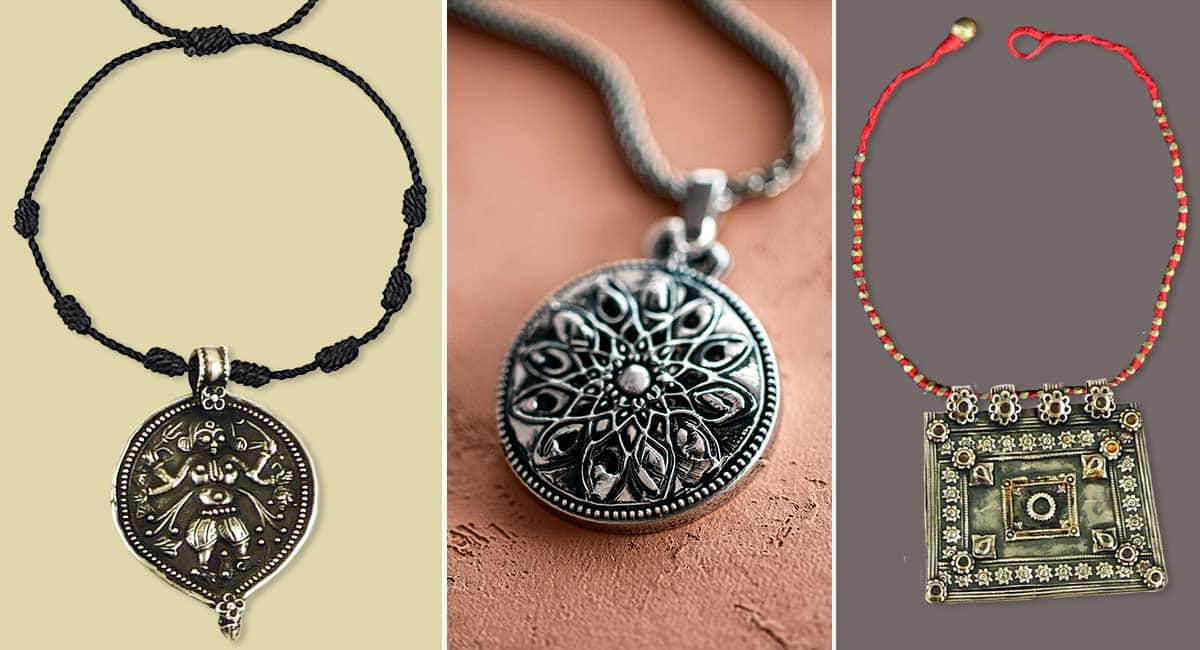Amulets of Odisha’s Men
In the rich culture state of Odisha, India, where ancient traditions and rituals intertwine with daily life, the belief in amulets and talismans remains deeply rooted. People often regard these mystical objects as more than mere accessories; they symbolize power, protection, and prosperity. Amulets have been integral to Odisha’s cultural and spiritual fabric for centuries, particularly among the region’s men. These amulets, often carefully crafted and infused with rituals, continue to hold significant meaning in Odisha’s spiritual and social spheres.
Tradition of Amulets in Odisha
Amulets, locally known as “Besi”, “Talisman”, or “Chhadi”, are not only believed to ward off evil spirits but also serve as a connection to the divine. Men in Odisha, especially those from rural and tribal communities, have long incorporated these talismans into their everyday lives. Whether worn as necklaces, embedded in clothing, or hung around the necks of cattle, amulets are considered essential for safeguarding one’s health, success, and family.
These beliefs originate from ancient tribal traditions, where men wore protective symbols as daily attire. Over time, these symbols evolved and merged with Hinduism’s spiritual and religious practices, the state’s predominant religion. In Odisha, the concept of amulets extends beyond personal protection to include blessings for wealth, fertility, and strength.
Symbolism and Significance
Men in Odisha often wear amulets made from natural materials, including stone, wood, bones, shells, metal, and cloth. They choose each material deliberately, linking it to specific powers they believe the substances possess. For example, they attribute healing properties to copper amulets and believe wooden amulets protect them from harm. They often associate bone amulets with tribal practices and see them as symbols of strength and courage.
One of the most prevalent symbols used in these amulets is the trishul (trident), which is closely associated with the god Shiva. The trishul represents the three aspects of life—creation, preservation, and destruction—and is considered a powerful emblem of divine protection. Similarly, Odisha’s amulets often feature motifs like the swastika, lotus, and snake, each symbolizing a distinct meaning.
Spirituality and Rituals Behind the Amulets
In Odisha, creating an amulet is a craft and a profoundly spiritual act. Skilled artisans, known as Brahmins or Tantriks, are often involved in the crafting and consecrating of these amulets. Practitioners imbue an amulet with spiritual power through meticulous rituals that infuse the talisman with positive energy.
Before wearing an amulet, people typically bless it during a puja, a worship ritual. During these rituals, they offer items to various gods and goddesses, chant sacred mantras, and invoke the presence of divine powers. They believe amulets offer divine protection and success, especially for men embarking on new ventures such as marriage, business, or travel. In tribal communities, the amulet-making process often involves offerings to ancestors, ensuring the blessing of forebears.
Rural men of Odisha often wear these amulets to protect themselves from illness, ensure safe travels, and bring luck in agricultural endeavors. Farmers in Odisha’s rural economy, where agriculture is the backbone, fervently seek spiritual protection. Farmers may wear amulets designed to invoke blessings from the gods of fertility and harvest.
Role of Amulets in Tribal Communities
Amulets play a more significant role in the tribal communities in Odisha, such as the Santals, Gonds, and Bondas. These communities tie the use of amulets to tribal rituals, shamanic practices, and deep-rooted animism. Tribal men wear amulets made of feathers, bones, and stones, believing these items connect them with ancestral spirits and the natural world.
For instance, the Santal community uses amulets made from tiger bones or antler fragments to symbolize the strength and ferocity of animals. Village shamans craft these amulets, and men wear them for protection against wild animals or during the hunting season. Similarly, the Gond community carves intricate designs and symbols on wooden amulets, believing these protect them from illnesses and spirits.
These cultural groups also tie amulets to their coming-of-age rituals.. Young men may receive amulets as part of a ceremonial passage into adulthood, marking their responsibilities as providers and protectors of their families.
Importance of Amulets in the Present
While Odisha’s urban landscape has evolved, the belief in amulets remains strong, particularly among men in rural areas. In cities, however, amulets have gradually shifted from an essential spiritual tool to a more fashion accessory. Urban men often wear amulets as fashion statements or as part of a new-age spiritual practice that connects them to their roots.
The growing popularity of spiritual tourism in Odisha, which attracts visitors to temples like Jagannath Temple in Puri, has also contributed to the resurgence of amulets. Pilgrims often purchase amulets at temple shops to take home as souvenirs, adding to the spiritual significance of the amulet.
Final Thoughts
The rustic rituals surrounding amulets in Odisha offer a fascinating glimpse into the state’s deeply ingrained spiritual and cultural practices. For the men of Odisha, these amulets are not just objects—they are repositories of power, protection, and blessings. Whether worn for personal safety, health, or prosperity, these amulets continue to serve as vital links to the divine, preserving the ancient traditions of Odisha while adapting to the modern world.
In Odisha, amulets are more than a tradition—they are a living testament to the enduring bond between the people and their spiritual beliefs. Through these rustic rituals, the men of Odisha continue to honor their culture, safeguard their lives, and maintain a connection to the divine that has persisted for centuries.


